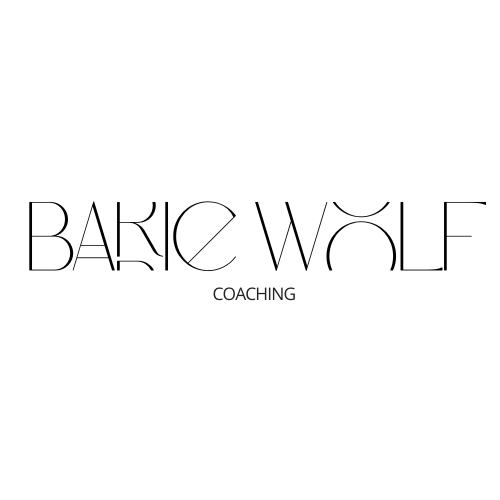We’ve all heard people talk about the “subconscious mind.” Usually, it’s in the context of habits, self-sabotage, or affirmations. But in Jungian psychology, subconscious isn’t the right word. The real term is unconscious—and the difference matters. If you’re doing inner work and want real transformation, it helps to understand why.
Subconscious: The Popular Shortcut
When people say subconscious, they usually mean the parts of the mind that run on autopilot. Habits, patterns, and beliefs that influence behavior without us thinking about it. For example, procrastination or people-pleasing might get explained as “subconscious programming.”
There’s truth to that idea, but the word itself is limited. Subconscious makes it sound like your mind is just a filing cabinet of hidden habits. In depth psychology, that doesn’t go nearly far enough.
The Unconscious: A Deeper Reality
Carl Jung used the term unconscious because it points to something much larger. The unconscious isn’t just about automatic habits. It’s a living field of images, archetypes, and symbols. It shows up in dreams, slips of the tongue, synchronicities, and powerful emotions. It’s not passive—it’s creative, and it wants to be in relationship with us.
Jung also spoke about two layers of the unconscious: the personal (your unique forgotten memories, repressed feelings, and unlived parts of yourself) and the collective (the shared layer where archetypes like the Mother, the Hero, or the Shadow live). This makes the unconscious a source of deep insight and transformation—not just reprogramming.
Why the Distinction Matters for Inner Work
If you think only in terms of the subconscious, you’ll focus on quick fixes. Affirmations, habit tracking, or mindset shifts. Those can be helpful, but they only scratch the surface. If you work with the unconscious, you open the door to a dialogue with your deeper Self. Instead of trying to control your mind, you learn from it. Instead of forcing change, you integrate what’s been hidden.
This is where Jungian practices come in: dream journaling, active imagination, shadow work, and symbolic reflection. These methods treat the unconscious as a living partner in growth. They don’t reduce you to a set of programs—they invite you into wholeness.
How to Engage the Unconscious
- Keep a dream journal: Write down your dreams and notice recurring themes or images.
- Reflect on symbols: Pay attention to repeating numbers, animals, or images in daily life. Ask what they might mean for you.
- Shadow work: Notice traits you dislike in others and explore how they reflect parts of yourself you’ve pushed aside.
- Creative expression: Paint, draw, or write from your imagination without editing. See what comes forward.
These practices build relationship with the unconscious. They help you see not just what’s hidden, but what’s waiting to be integrated.
Takeaway: Don’t Sell Yourself Short
The subconscious is a catchy cultural term, but it sells your psyche short. The unconscious, as Jung understood it, is vast, symbolic, and alive. If you’re serious about inner work, use the right language—and more importantly, the right approach. Don’t just reprogram. Relate. Don’t just try to fix yourself. Listen to what your deeper Self is showing you.
That’s where the real transformation begins.



0 Comments